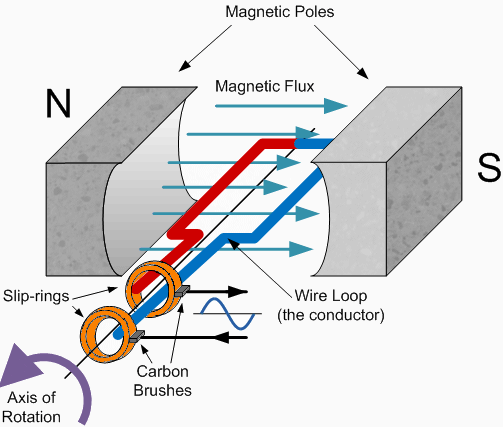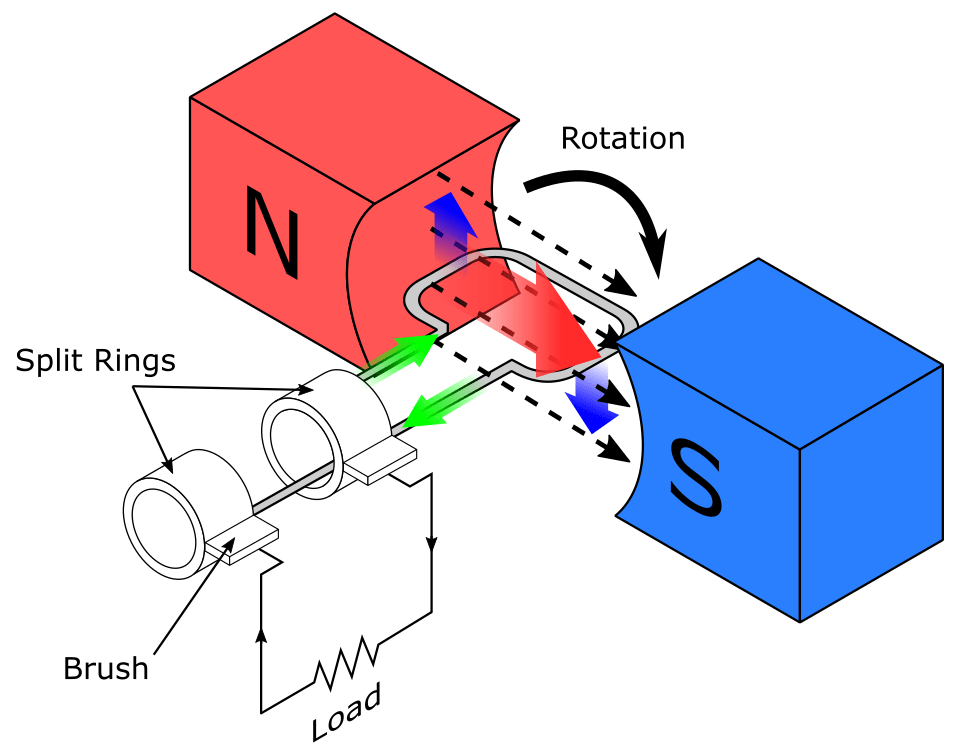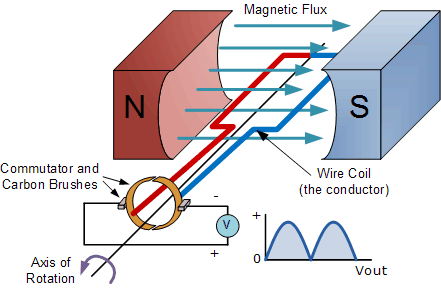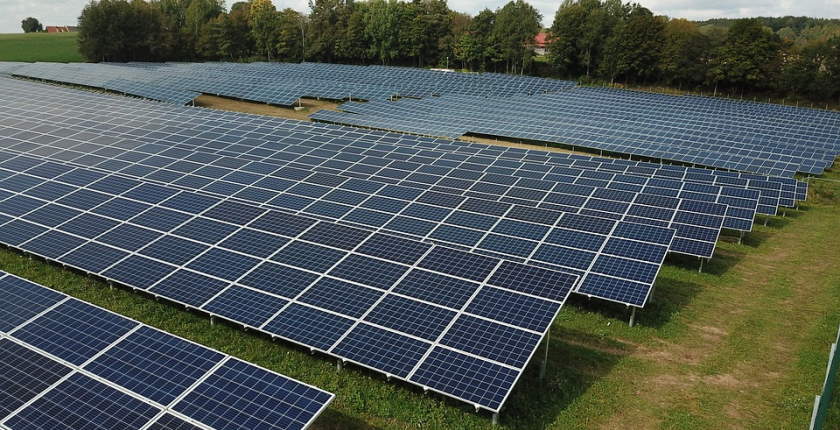An electrical generator
is a device that converts mechanical energy into electrical energy. It is a
crucial component of modern life, powering everything from homes and businesses
to automobiles and industrial machinery. In this article, we will explore the
principles behind electrical generators, how they work, and their various
applications.
The principle behind
electrical generators is based on the fact that when a conductor moves through
a magnetic field, an electrical current is induced in the conductor. This
phenomenon, known as electromagnetic induction, was discovered by Michael
Faraday in the early 19th century.
An electrical generator
consists of a rotating armature and a stationary magnetic field. The armature
is typically a coil of wire that is mounted on a shaft and rotated within the
magnetic field. As the armature rotates, it cuts through the magnetic field,
inducing a voltage in the coil. This voltage is then collected by brushes and
slip rings and is available for use as electrical energy.
There are many different types of electrical generators, but they can generally be classified into two main categories: AC generators and DC generators. AC generators produce alternating current, while DC generators produce direct current.
AC generators are the
most common type of electrical generator and are used in most power generation
facilities. AC generators operate by rotating a set of coils within a
stationary magnetic field. The voltage induced in the coils is alternating in
nature and can be easily converted to a higher or lower voltage using a
transformer.
DC generators, on the
other hand, produce a direct current. They operate using a commutator, which is
a mechanical switch that periodically reverses the direction of the current in
the generator. This results in a direct current output, which is suitable for
charging batteries and other applications.
Electrical generators are
used in a wide range of applications. They are used in power plants to generate
electricity for homes, businesses, and industry. They are also used in
automobiles to power the electrical systems and recharge the battery. Portable
generators are commonly used for camping, outdoor events, and emergency backup
power.
One of the key advantages
of electrical generators is their ability to convert mechanical energy into
electrical energy. This makes them highly versatile and useful in a wide range
of applications. They are also highly reliable, with many generators capable of
running continuously for thousands of hours without maintenance.
However, electrical
generators also have some disadvantages. One of the main disadvantages is that
they are highly dependent on a fuel source, such as natural gas, diesel, or
gasoline. This means that they can be expensive to operate and may emit harmful
pollutants into the environment. Additionally, they can be noisy and may
require extensive maintenance to keep them operating at peak efficiency.
In recent years, there
has been a growing interest in alternative energy sources, such as solar, wind,
and hydro power. These energy sources offer many advantages over traditional
electrical generators, including lower operating costs, reduced environmental
impact, and a virtually unlimited supply of energy. However, they also have
some limitations, such as the need for suitable environmental conditions, such
as sunny or windy weather.




